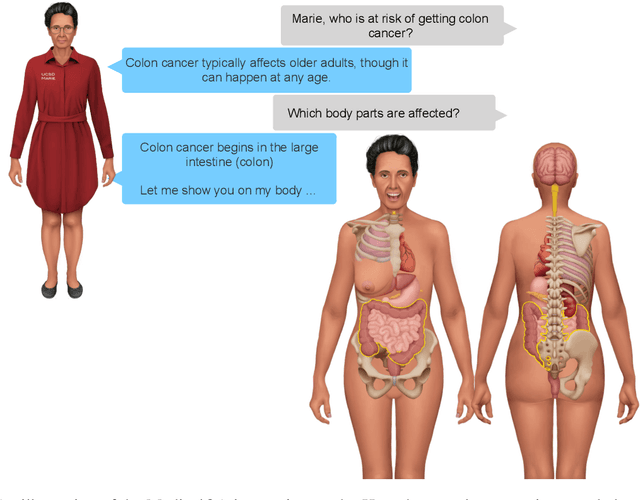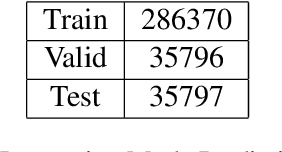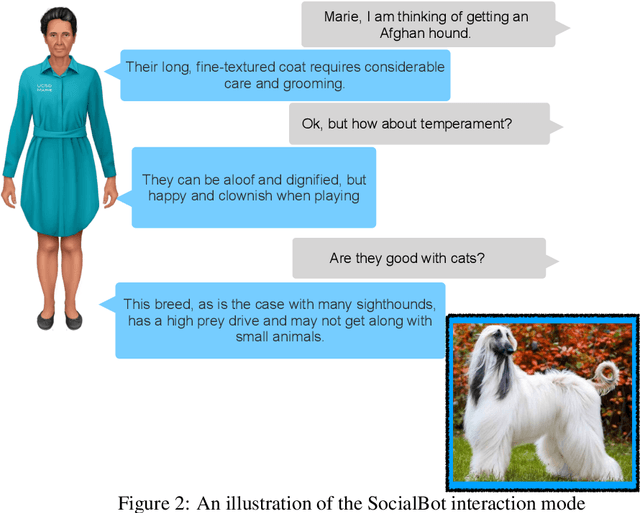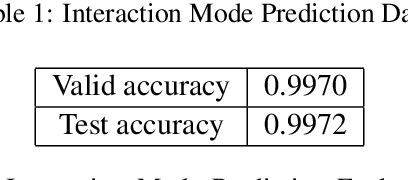Xinxin Yan
Time integration schemes based on neural networks for solving partial differential equations on coarse grids
Oct 16, 2023Abstract:The accuracy of solving partial differential equations (PDEs) on coarse grids is greatly affected by the choice of discretization schemes. In this work, we propose to learn time integration schemes based on neural networks which satisfy three distinct sets of mathematical constraints, i.e., unconstrained, semi-constrained with the root condition, and fully-constrained with both root and consistency conditions. We focus on the learning of 3-step linear multistep methods, which we subsequently applied to solve three model PDEs, i.e., the one-dimensional heat equation, the one-dimensional wave equation, and the one-dimensional Burgers' equation. The results show that the prediction error of the learned fully-constrained scheme is close to that of the Runge-Kutta method and Adams-Bashforth method. Compared to the traditional methods, the learned unconstrained and semi-constrained schemes significantly reduce the prediction error on coarse grids. On a grid that is 4 times coarser than the reference grid, the mean square error shows a reduction of up to an order of magnitude for some of the heat equation cases, and a substantial improvement in phase prediction for the wave equation. On a 32 times coarser grid, the mean square error for the Burgers' equation can be reduced by up to 35% to 40%.
A Grounded Well-being Conversational Agent with Multiple Interaction Modes: Preliminary Results
Nov 28, 2021



Abstract:Technologies for enhancing well-being, healthcare vigilance and monitoring are on the rise. However, despite patient interest, such technologies suffer from low adoption. One hypothesis for this limited adoption is loss of human interaction that is central to doctor-patient encounters. In this paper we seek to address this limitation via a conversational agent that adopts one aspect of in-person doctor-patient interactions: A human avatar to facilitate medical grounded question answering. This is akin to the in-person scenario where the doctor may point to the human body or the patient may point to their own body to express their conditions. Additionally, our agent has multiple interaction modes, that may give more options for the patient to use the agent, not just for medical question answering, but also to engage in conversations about general topics and current events. Both the avatar, and the multiple interaction modes could help improve adherence. We present a high level overview of the design of our agent, Marie Bot Wellbeing. We also report implementation details of our early prototype , and present preliminary results.
 Add to Chrome
Add to Chrome Add to Firefox
Add to Firefox Add to Edge
Add to Edge